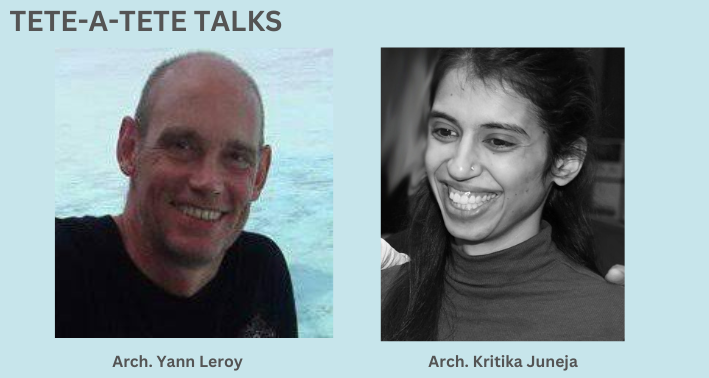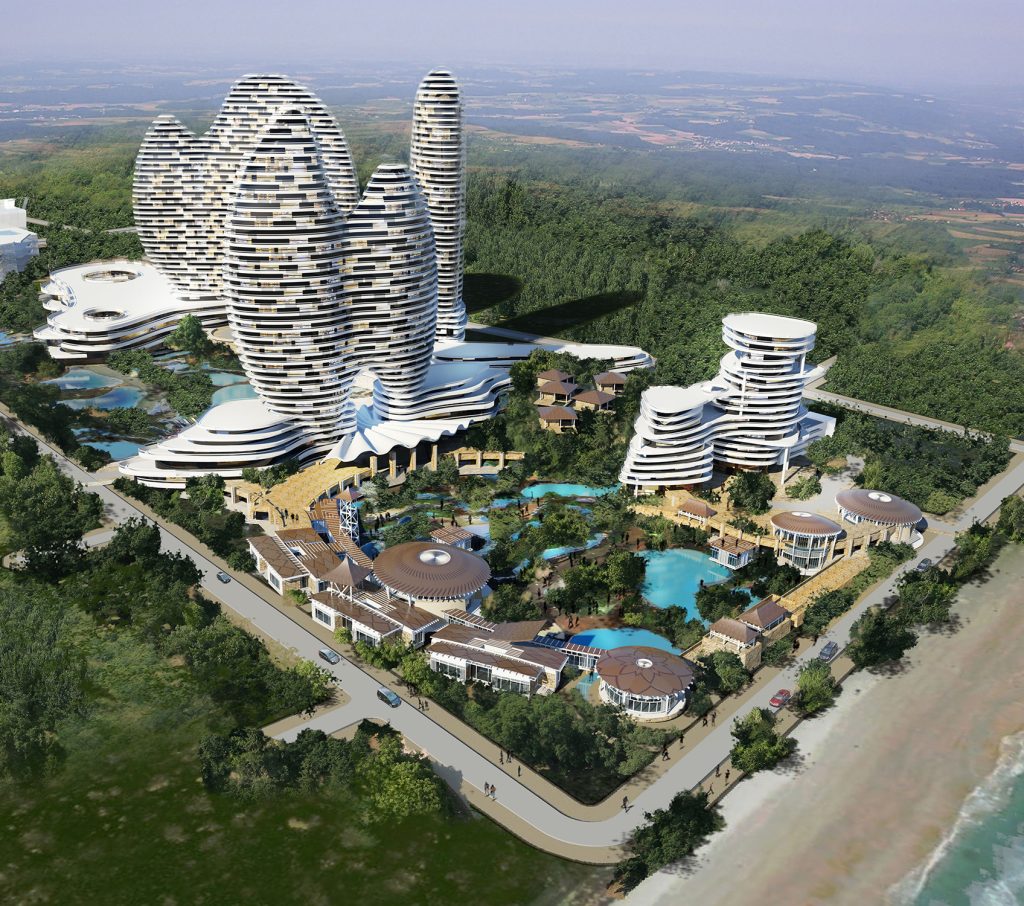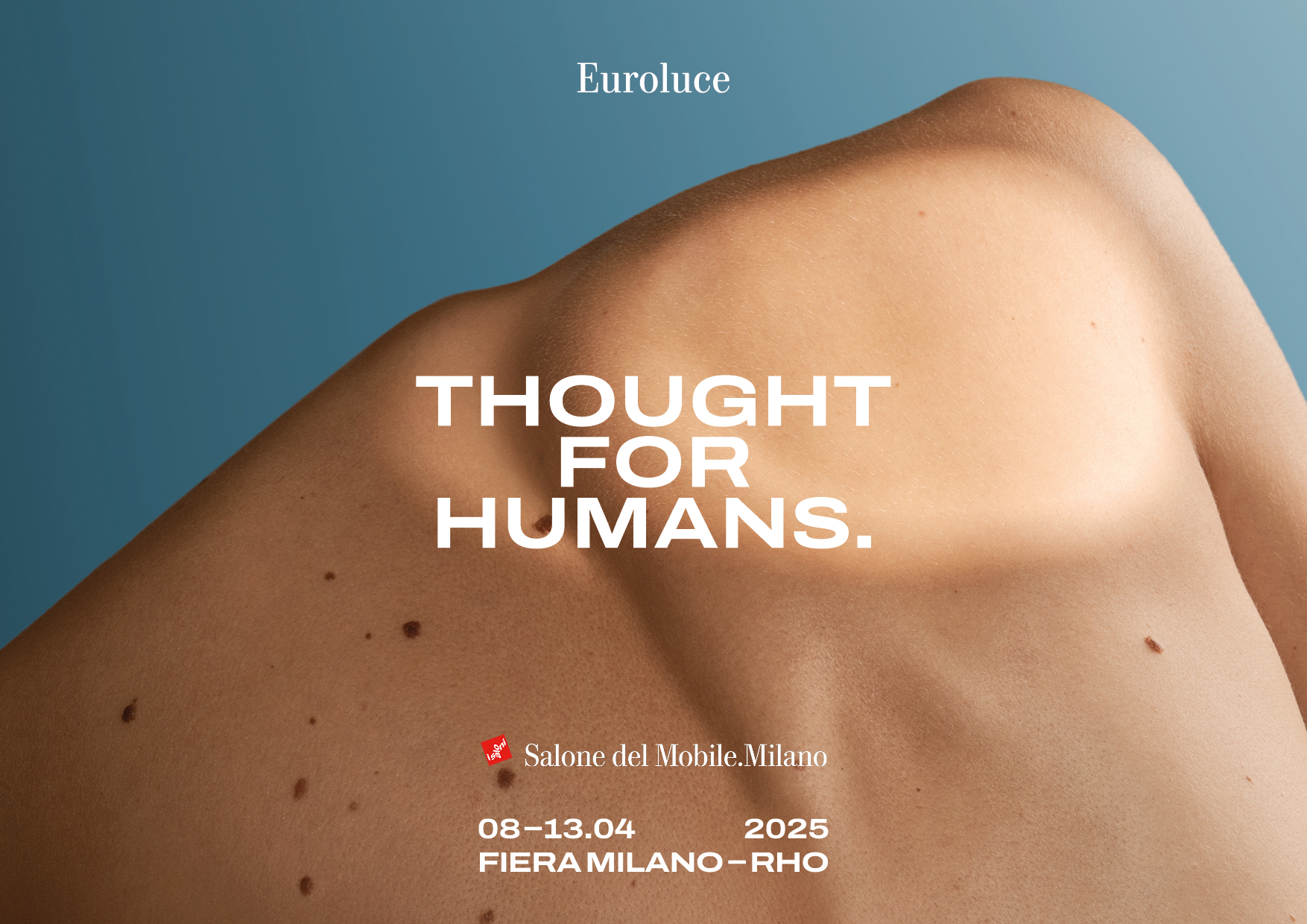
Ciao Everyone! We are pleased to welcome Ar. Yann Leroy for our next episode of Tete-a-Tete series powered by ArchValor and hosted by none other than Ar. Kritika Juneja. Yann Leroy is an architect, planner, and consulting hospitality specialist. He helms Studio Aria, Bangkok and Yann Leroy Architects, New York and has designed some of the most notable projects worldwide like Sofitel New York, St. Regis Bangkok, Westin Beijing, National Stock Exchange Jakarta. His firm was recently taken over by a leading 4 decade old Indian architectural firm Access Architects.

KJ:-So, to begin with, could you tell us about your early brush with architecture? How has your background and upbringing influenced your design principles? How this merger with Access Architects and Mr. Jay Shah has leveraged your growth?
YL:-Since my grandfather was already an architect, I had a brush with architecture very early in my life. Just before World War Two, I had to leave France to go to Cambodia in Vietnam. Later on, when the Americans started bombing, it felt it was time to go back to France. I met my grandfather for the first time outside the kitchen explaining to me that I would never become an architect. However, I’m quite happy this happened to me.
Architecture has always played a big role in my family. Paris, where I grew up, has a very unique architectural style. At about the same height, everything has the same style. This has always been a part of the way I think, so it has always been very dear to me. Drawing has always been a passion of mine. While I am not sure if this merger with Access Architects leveraged my vision but it definitely brings out a lot of positive energy. When I am in Mumbai and we work together, it’s great, I get a lot of positive energy and eventually it brings out the best designs.

KJ:-What is your idea of good design?
YL:-This is a really good question. As a good question appears to be simple, so does a good design. When in fact, is full of different dimensions. So, what is good design, for instance, graphic cathedral is good design, it talks about architecture, about verticality, about life, about gravity and sometimes it just simply talks about the fascination of people for heaven.
It is difficult to make a good factory because the function assumption of a factory is so narrow that not many things can be done whereas a hotel is a place where people get married. There will be images, almost a living room, and a lot of other things which makes it interesting.
KJ:-It seems as though you have a lot of hospitality projects under your belt, what drives your choice of projects? In what ways do you think we can improve the current scenario of the hospitality industry?
YL:-The hospitality industry is about people who love hospitality and most of them do it because they want to be rich. I thought it was pretty cool that I didn’t end up doing factories as people asked me about it. But as I delved deeper into the world of hospitality, I came to appreciate the unique charm of hotels. It wasn’t just about making money, but creating a welcoming atmosphere for guests. When we started to renovate one of the first hotels in New York, I realised that these hotels also played a significant role in history. Several things are happening, not just personal matters, mysterious gangster meetings in the evening or political meetings which fascinated me more towards hotels.
Architecture has always played a big role in my family. Paris, where I grew up, has a very unique architectural style. At about the same height, everything has the same style. This has always been a part of the way I think, so it has always been very dear to me. Drawing has always been a passion of mine. While I am not sure if this merger with Access Architects leveraged my vision but it definitely brings out a lot of positive energy. When I am in Mumbai and we work together, it’s great, I get a lot of positive energy and eventually it brings out the best designs.
KJ:-What has been the driving concept behind Cha Am Hotel and Resort Thailand?
YL:-It is, therefore, my intention to tell stories in particular for these kinds of properties. I would like to tell a particular story of a Cha Am Hotel and Resort, which is actually some kind of coral formation. Those colonies seem to hold a different part of life, creating an organic shade that still has some sort of internal structure.
Cha Am is a popular family destination facing the gulf of Thailand. Our client owns a very large property facing the beach. The center piece of the development is a 550 bedrooms family hotel standing between a waterpark open to the public and the extensive hotel themed pool fronting the beach. With a minimum size of 300 m2, these sea facing duplex units offer stunning views to the east. Located behind the hotel, another large condominium development features over 1,200 residential units.

KJ:-How could you define luxury? In your opinion, can luxury and sustainability coexist?
YL:-One of the problems with sustainability is the scale of the hospitality industry. For instance, you can think of the old colonial hotels, like The Oriental in Bangkok. It was like the end of the line for a month-long trip to get from Paris or London to Bangkok. Another crazy thing was when my grandfather was going to Vietnam, he would get on a boat with him and it would take a month to get there. It was actually a time when the French and English drank a great deal of Scotch because as a remedy to any local diseases.
Today, I see a lot of five-star hotels talking about low-emission properties in Tibet. However, if you take a closer look, it becomes a bit more difficult because, by definition, a five-star hotel is going to have a lot of people servicing its rooms, as well as not just the building but also its people and these people will need services also. Perhaps my grandfather would have been able to have that kind of discipline, today everyone needs quick services and cannot not live without air conditioning. Hence, the question is, can we have all those luxuries and still be respectful of our environment.
I would like to preach to people, maybe they should learn to live a little more simply.
Ar. Yann Leroy
KJ:-As a globalized language thrives, resulting in somewhat homogeneous projects, different cultures bring their own traditions and aesthetic preferences along. Based on your experience working and building hotels in Thailand, China, India, Japan, Vietnam, Dubai, Mauritius, what role do you think culture, tradition, and regional context play in the design process?
YL:-For me, it’s very important. If I’m getting in a plane to go somewhere with all that entails with CO2 emissions. I can just tell you if I go into Nigeria that looks like a store or some kind of international thing, so I need to have a sample that’s not where you are.
Whenever I think about these places, I think about the places where there was never much civilization. Although we live in a more homogeneous world as if we were in a shopping center, there are still places where one can use what’s left to evoke memories even in places where civilization has been completely destroyed, but generally we live in a more homogeneous world. You go to the same brands, selling the same thing at almost the same price. Whenever I can, I try to either celebrate the scenery or evoke a little bit of heritage in hotels I work in.


